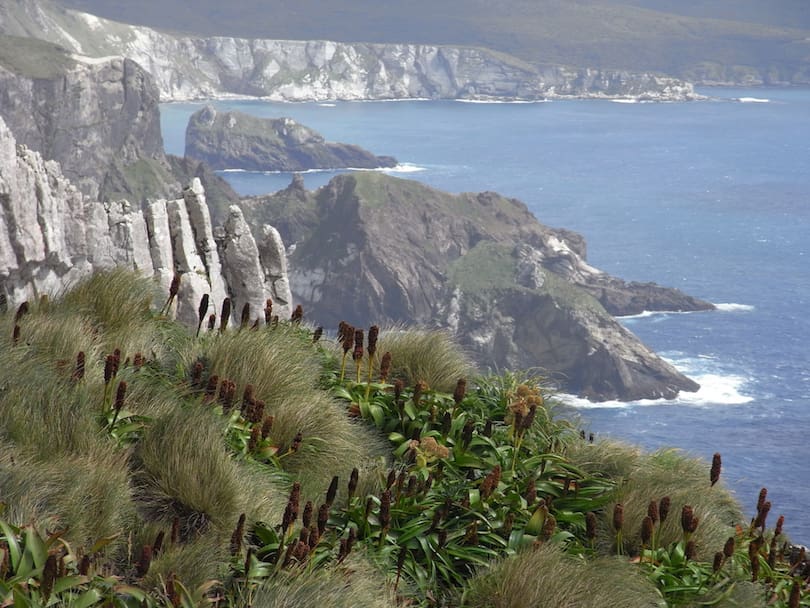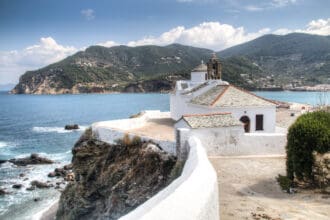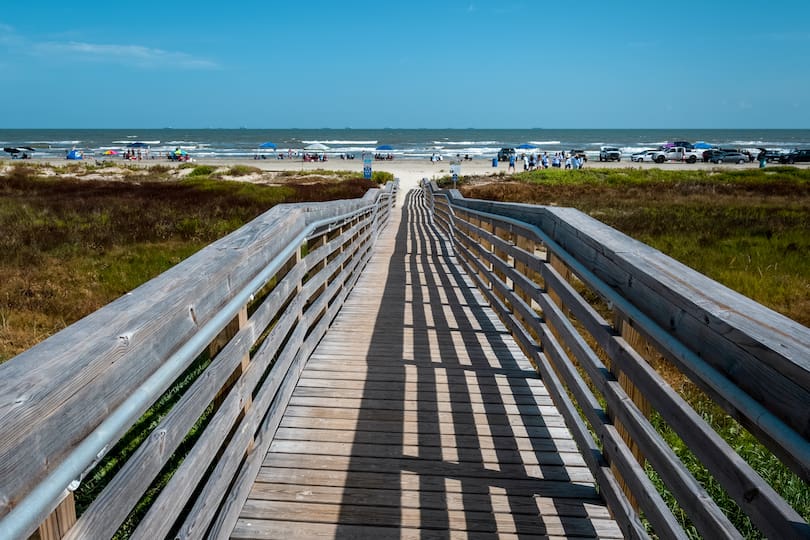Kalimpong is a small and charming hill station in the Indian state of West Bengal. It is situated at an altitude of 1250 meters and offers mesmerizing views of the Kanchenjunga mountain range. The town is known for its lush green forests, scenic beauty, and colonial architecture. Here are the top 5 places to visit in Kalimpong.
Table of Contents
- Dr. Graham’s Home
- Zang Dhok Palri Phodang Monastery
- Durpin Dara Hill
- Deolo Hill
- Cactus Garden
1. Dr. Graham’s Home
Dr. Graham’s Home is a mission school that was established in the early 1900s. The school is spread over 500 acres of land and is surrounded by beautiful gardens and forests. The architecture of the school is a blend of colonial and traditional styles. The school also has a museum that displays various artifacts and photographs that depict the history of the school.
2. Zang Dhok Palri Phodang Monastery
The Zang Dhok Palri Phodang Monastery is a beautiful monastery that was built in the 1970s. The monastery is situated on a hill and offers stunning views of the town and the surrounding mountains. The architecture of the monastery is traditional Tibetan and it houses many rare artifacts and relics.
3. Durpin Dara Hill
Durpin Dara Hill is a popular tourist spot in Kalimpong. It is situated at an altitude of 1402 meters and offers panoramic views of the town and the surrounding mountains. There is a telescope on the hilltop that allows visitors to get a closer look at the stunning views.
4. Deolo Hill
Deolo Hill is another popular tourist spot in Kalimpong. It is situated at an altitude of 1704 meters and offers breathtaking views of the town and the surrounding mountains. The hill also has a park that is perfect for picnics and leisurely walks.
5. Cactus Garden
The Cactus Garden is a unique and beautiful garden that houses more than 1500 species of cacti and succulents. The garden is spread over an area of 30 acres and is a popular tourist spot in Kalimpong.
Conclusion
Kalimpong is a charming hill station that is perfect for a relaxing getaway. It offers stunning views, colonial architecture, and a peaceful atmosphere. The top 5 places to visit in Kalimpong are Dr. Graham’s Home, Zang Dhok Palri Phodang Monastery, Durpin Dara Hill, Deolo Hill, and Cactus Garden.
Travel Tips
- The best time to visit Kalimpong is from March to June and from September to December.
- The town is well-connected by road and can be reached by bus, car, or taxi.
- It is recommended to hire a local guide to explore the town and its attractions.
- Pack warm clothes as the temperature can drop significantly during the night.
- Try the local cuisine, which includes momos, thukpa, and chowmein.
FAQs
- What is the best time to visit Kalimpong?
- The best time to visit Kalimpong is from March to June and from September to December.
- How can I reach Kalimpong?
- Kalimpong is well-connected by road and can be reached by bus, car, or taxi.
- What are the top attractions in Kalimpong?
- The top attractions in Kalimpong are Dr. Graham’s Home, Zang Dhok Palri Phodang Monastery, Durpin Dara Hill, Deolo Hill, and Cactus Garden.







